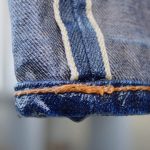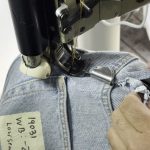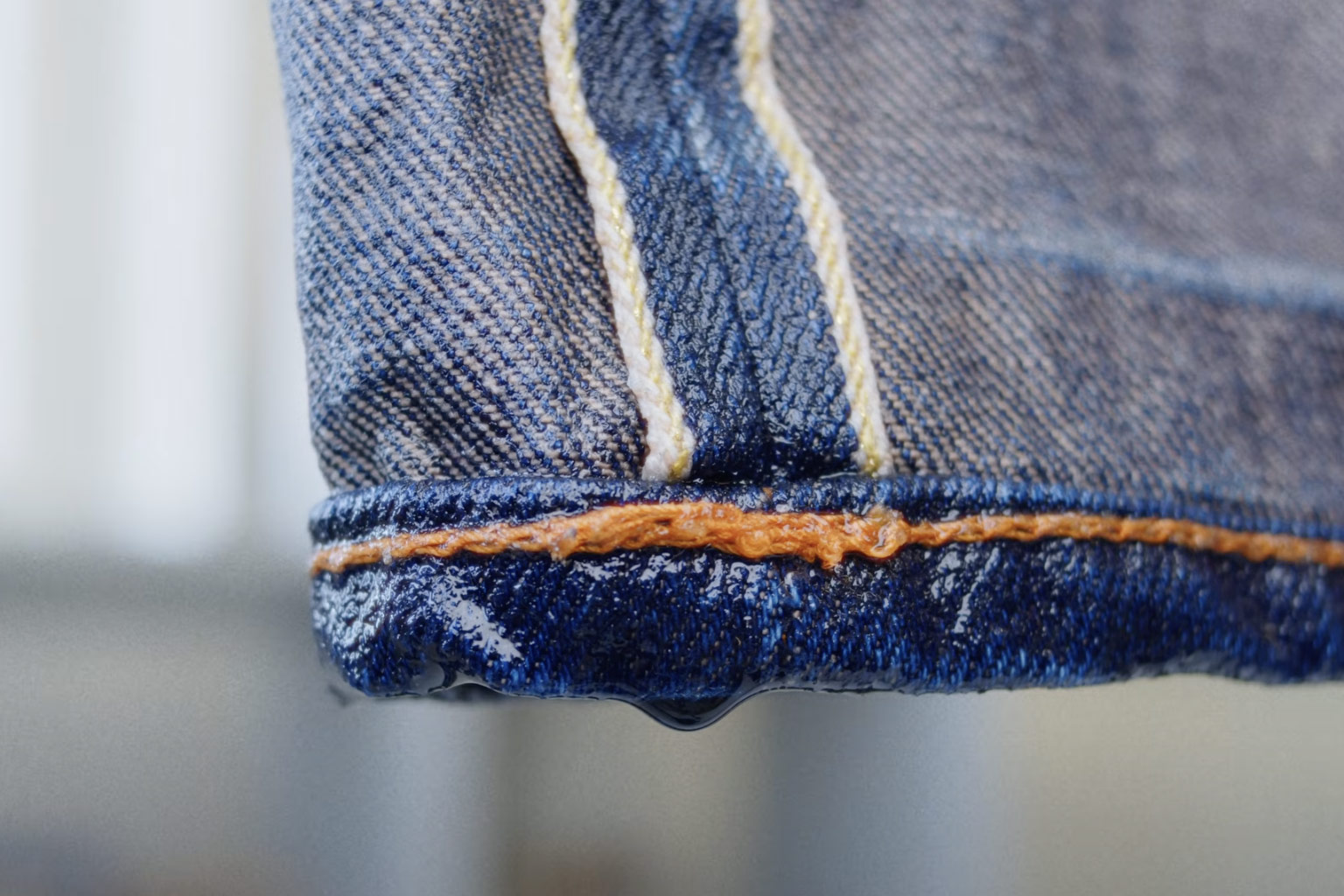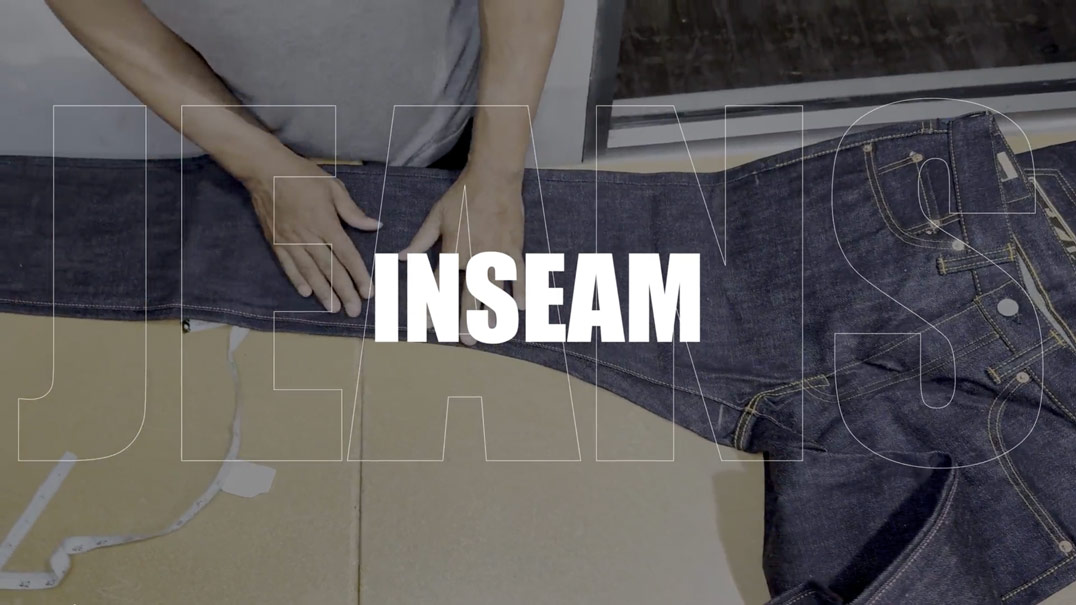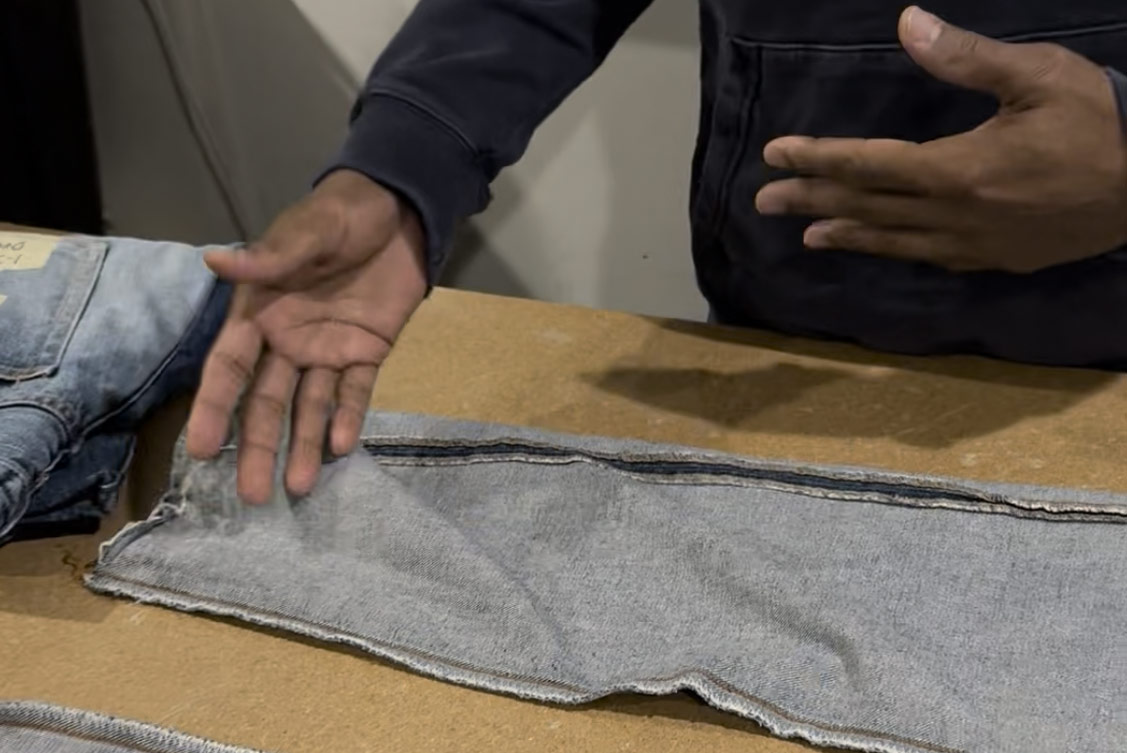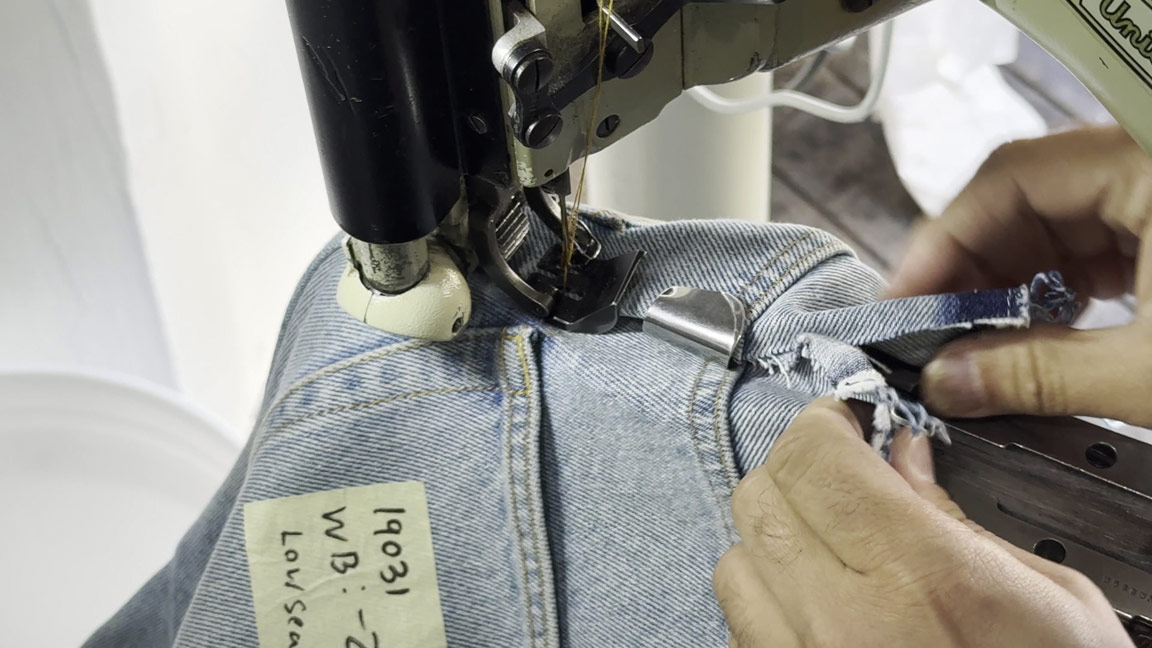
If you’ve ever typed how to take in the waist of jeans into Google, you’ve probably seen a lot of DIY tricks—some good, some pretty questionable. But here’s the thing: there’s a world of difference between a quick fix at home and a professional alteration that looks like it came straight from the factory.
At Denim BMC, we know our readers care about denim done right. That’s why we’re sharing a look inside Williamsburg Garment Company’s proven method for taking in the waist on jeans—without darts, shortcuts, or messy seams.
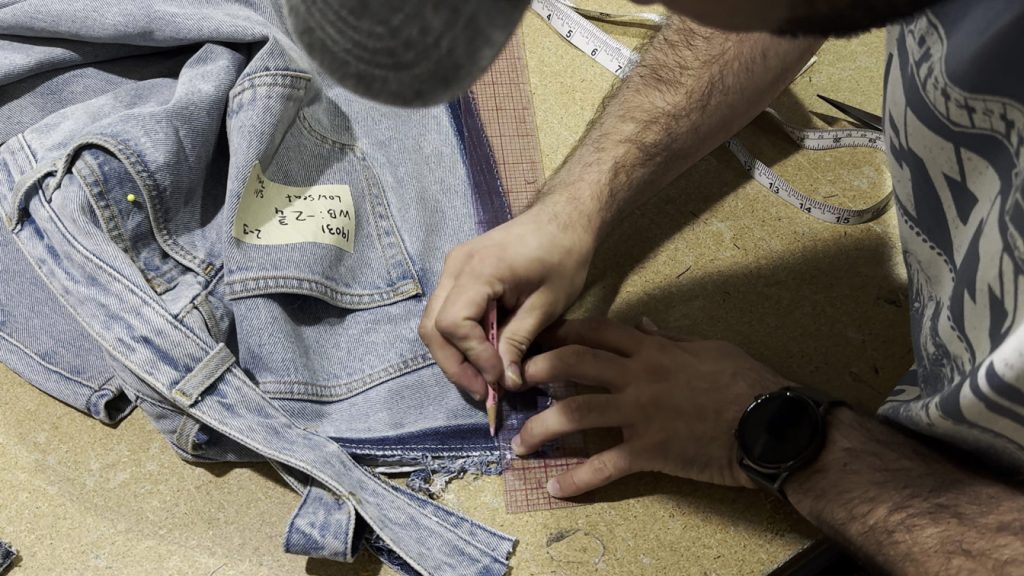
In this video, owner Maurice Malone walks you through the same technique he developed back in the twenty-teens, when a customer asked him to take in his jeans without leaving any sign of an alteration. Most tailors rely on darts because they don’t have the right industrial machines to handle heavy denim, chainstitch seat seams, and belt loop reattachments. Maurice shows how real pros do it: four specialized machines, careful disassembly, and a factory-finish result that holds up to close inspection.
If you’re serious about your denim, it’s worth seeing how proper waist alterations are done—and why they matter so much if you want your jeans to fit perfectly and still look original.
Watch the video below to see the full process in action and learn why Williamsburg Garment Company is trusted by denim lovers nationwide.



